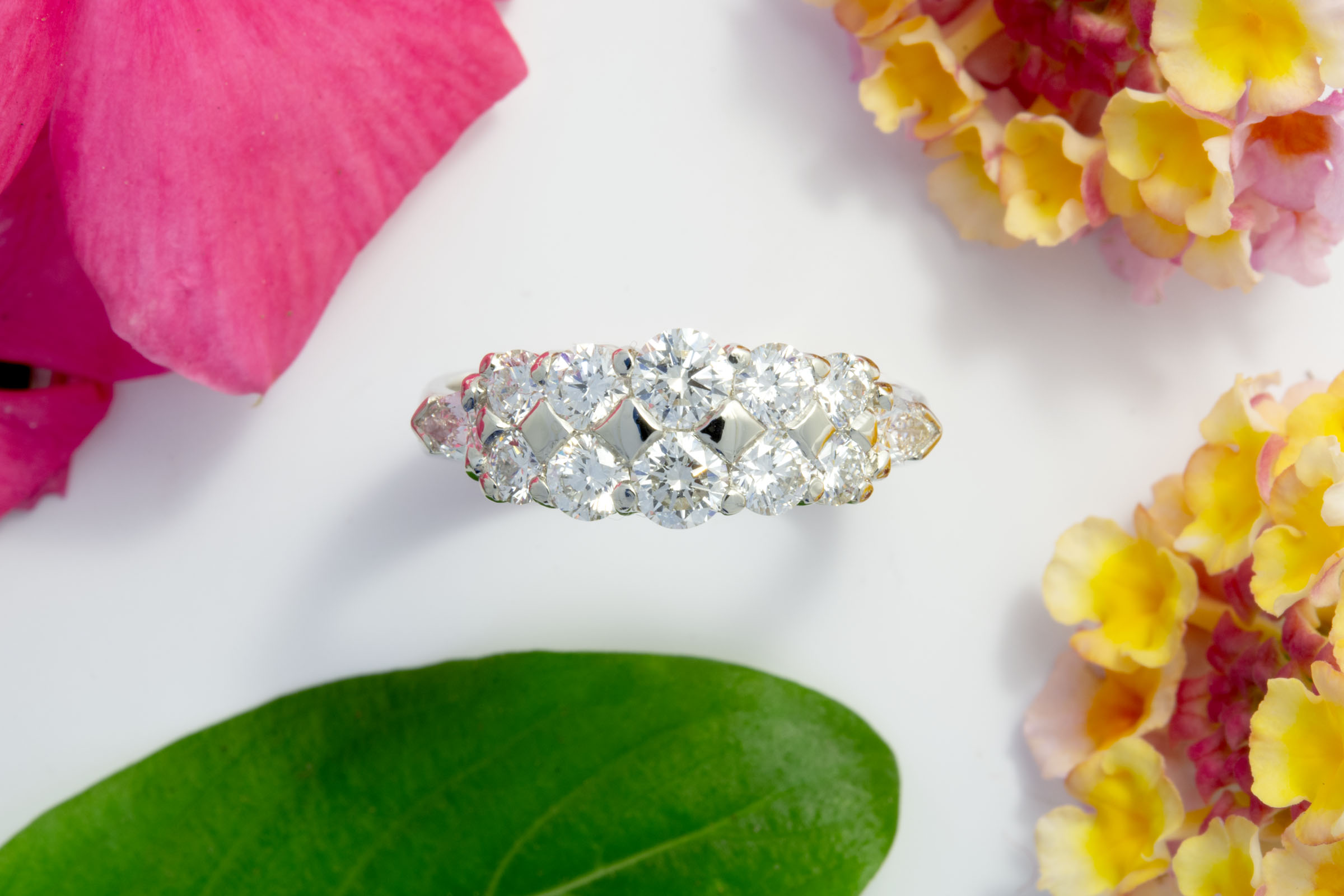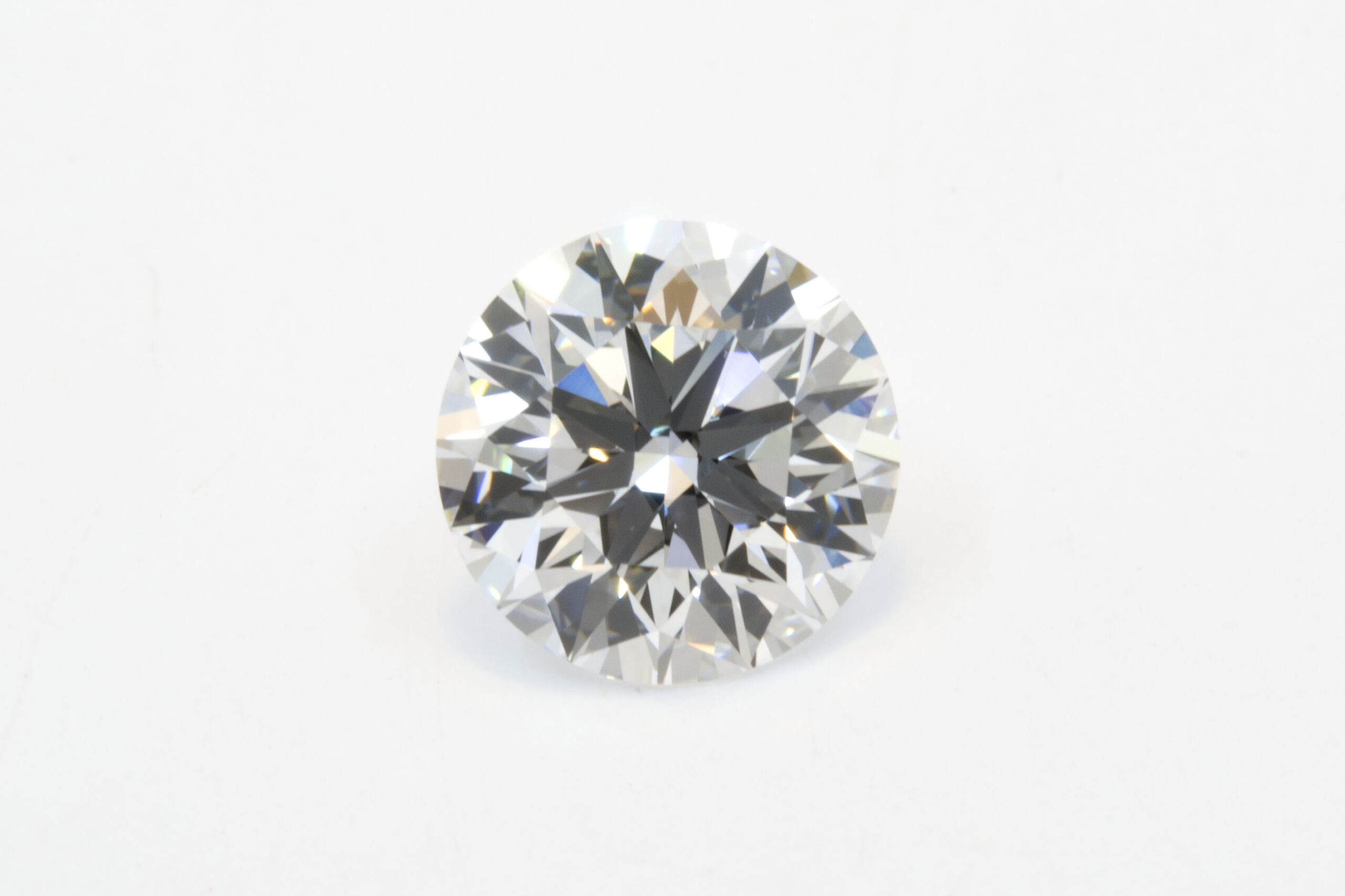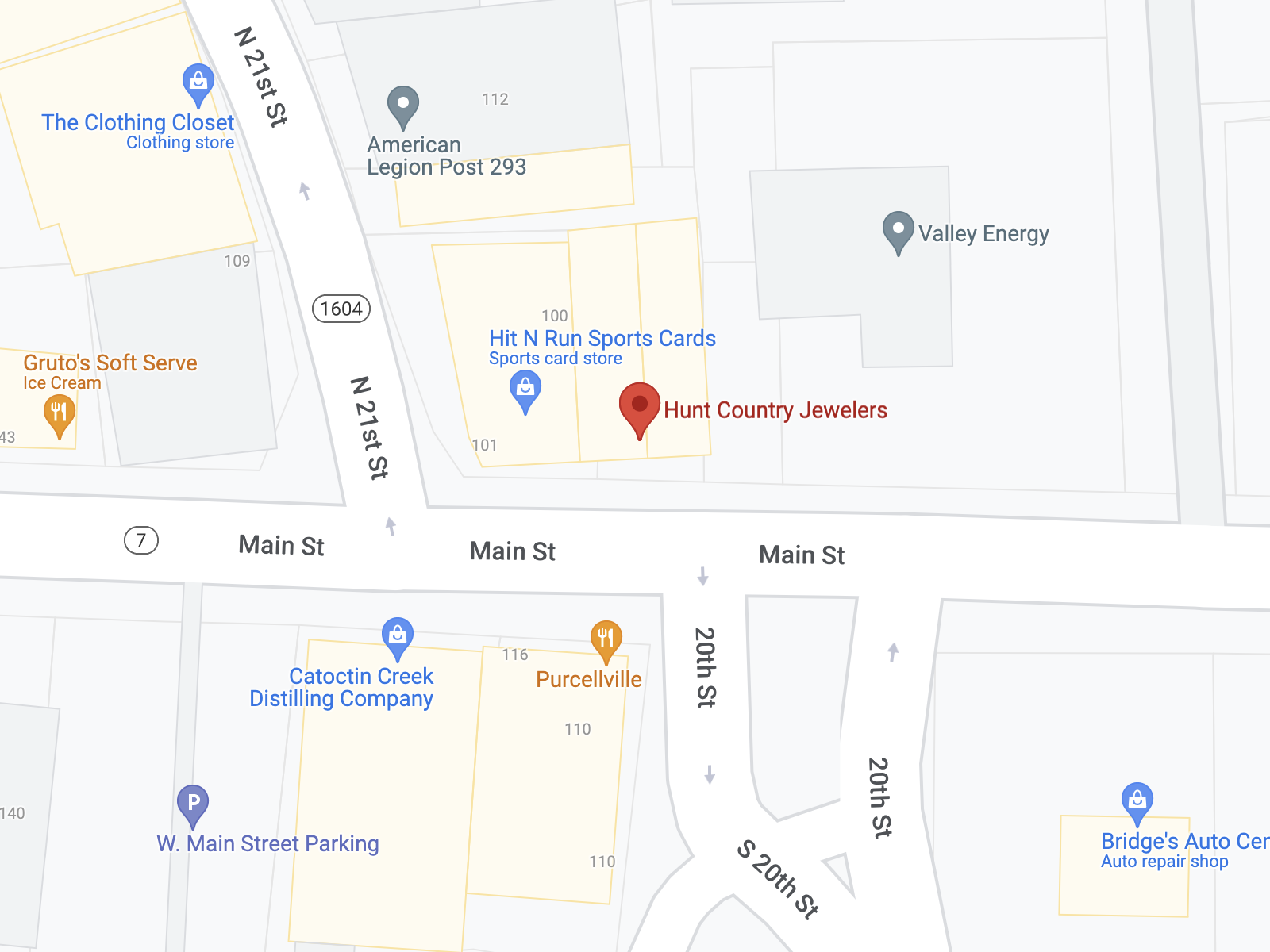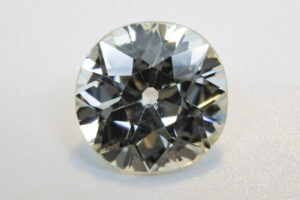Diamond Buying 101
Buying a natural diamond can be confusing! But it doesn’t have to be. When speaking with a client on their first trip to look at diamonds, I often find myself walking them through a basic diamond primer. All these letters and numbers, designations, grades, cuts- what do they mean and how do they affect performance and price. As GIA Gradiate Gemologists we are happy to help client purchase a diamond for their custom engagement ring or reset a family diamond on one of our popular Hunt Country original engagement ring designs, but we always start with little Diamond Education so our clients feel comfortable making the diamond decisions that work best for them. Many of these concepts also apply to buying lab created synthetic diamonds, but not all, so if you are shopping for a lab diamond and want some guidance feel free to reach out for my best practices! Let Hunt Country Jewelers share our top tips for buying a diamond to get you started:

What does ‘graded’ or ‘certed’ mean?
There are many labs around the world that will grade a diamond by their color, clarity, and cut; some labs are more reliable than others. Our preference, here at HCJ, is the Gemological Institute of America (GIA). Both Ed and Logan have earned their Gemologist credentials from GIA, we are the most familiar with their scales and processes, and they have been around since 1931. GIA has historically been of of the big movers and shakers in the industry; many innovations and pieces of equipment have come from their organization. We have found them to be the most accurate and it is a set of GIA Master Stones that we use to internally grade diamonds.
We do avoid the term ‘cert’ or ‘certed’ around here- it’s a truncated form of certification and it’s not accurate. Labs grade diamonds and issue a grading report; they do not certify anything and cannot be held liable if you or a merchant do not agree with their findings. Both terms, ‘graded’ and ‘certed’, are used to indicate that a stone has been assigned color, clarity, and cut designations from an outside lab. This is not an appraisal, nor should it include a value judgment, and they do not originate in house.
Grading reports are excellent for verification of information- including if you should ever need to resell your diamond- and for your insurance company. They are especially helpful when shopping so you can be sure you are comparing apples to apples. We generally have stones graded if they are above 0.50 ct. or if we believe them to be exceptional- like in the case of a fancy colored diamond. For appraisals, diamonds smaller than 0.50 ct., or estate diamonds we tend to grade in house. A lab report does increase the cost of the stone and the stone most likely needs to be loose to be graded, so we do not tack that on if we do not feel it is of great benefit. Many jewelers will provide in house grades- check their credentials and ask what equipment they use. HCJ’s in house grades are reviewed by two GIA Graduate Gemologists and we use a set of GIA Master Stones as well as a GIA GemLite for color grading and Gem Instruments microscopes and proportion scopes.
What do all the numbers and letters mean?
The numbers and letters are indications of the color and clarity the diamond is deemed to be. GIA founder Robert Shipley and Richard Liddicoat created the color scale and GIA began using it in 1953. Fun bit of trivia: They started the scale with the letter ‘D’ instead of ‘A’ because it was originally intended to be for industry use only and they thought that failing grade connotation of ‘D’ would discourage jewelers from using it with clients! Not exactly how things worked out!

Diamonds are graded loose and upside down with their little pavilions up in the air; body color is more visible this way.
Clarity is noted by a series of combined letters and numbers, and determined by a set of three criteria: Position, nature, and color/relief. The 11 clarity grades and what they mean are as follows:

All grades from F-VS2 are considered ‘eye-clean’, meaning that you will not generally be able to see any inclusions or blemishes with the naked eye.

Info on clarity grades sourced from GIA, Diamonds and Diamond Grading, Assignment 11, pgs. 4-16.
Cut grades deal with the proportions of a stone, the angles present, polish, and symmetry and how these factors affect brilliance, fire, and scintillation.
GIA uses a five grade scale for cut: Excellent, Very Good, Good, Fair, and Poor.
As GIA states on their 4C’s Education Blog (http://4csblog.gia.edu/):
“A diamond’s cut is crucial to the stone’s beauty and final value. And of all the diamond’s 4 C’s, it is the most complex and technically difficult to analyze.”
The qualifications for each grade are difficult to break down, but in general one should look for:
Table < 60%
Crown Angle around 34%
A Total Depth between 60-63%
Girdle Thickness should be even and ‘medium’, not thin or extra thick
That is a very basic, basic description of some elements of cut- if you can and you are really interested, it’s best to find a GG who will be willing to show you a variety of stones and walk you through their varying characteristics so you can see which have the most impact to your eye. If you can’t see the diamond in person, then a cut grade can be a good general indicator of which stones have more ideal proportions and should be better performers. We’re big fans of seeing the stone with your own eye to judge performance since everyone’s eyes and definition of beauty are different.
Do these grades affect price?
Yes, significantly. The higher the grades, the more expensive the stone. There are small jumps within close categories, but large increases when you move up a category, in color or clarity or both. An H to G stone will have a small increase, but an H to E will have a large one.
So what happens if you don’t agree with a grade, which is often the case with EGL stones? Well, the price looks great because on paper you are getting that E stone for the H price; but in comparison with actual E colored stones, that diamond will suffer. Essentially, you really do get what you pay for.
What is your recommendation on where to start?
My first recommendation- always- is to set a budget. There are beautiful diamonds in all price ranges as long as you are flexible and reasonable in your expectations. There is no need to go into debt for a diamond; tell us your budget and let us play with the combination of specs to find you a great stone.
Second recommendation- see the stones in person, not just one but several. Loose, mounted, lots of colors and clarities, to start to get an idea of what your eye prefers.
Third, most people have budgets. If you are a lucky one with no budget, this doesn’t really apply to you. Don’t pay for what you can’t see; prioritize size, color, and clarity for yourself (good cut is a given- I won’t even show you stones that aren’t well cut!). Are you willing to trade down a color grade for a larger stone? Is clarity your mountain to die on, but size is flexible? Out of the triangle, you can usually have two, but you have to be flexible on at least one. Claire loves high color and doesn’t mind eye visible inclusions and I am the complete opposite! High clarity and a lower color for me, please! The near colorless grades-GHIJ- and eye clean clarities between SI1-VS1 are white and clean stones, especially when mounted. Start there and then play with the grades according to how much over or under budget you are.

The most important tools you have are your eyes. You should choose a diamond that YOU think is beautiful- regardless of what the paper says. Use the grades to make sure you aren’t overpaying (comparing apples to apples), but choose a diamond because you love it.





